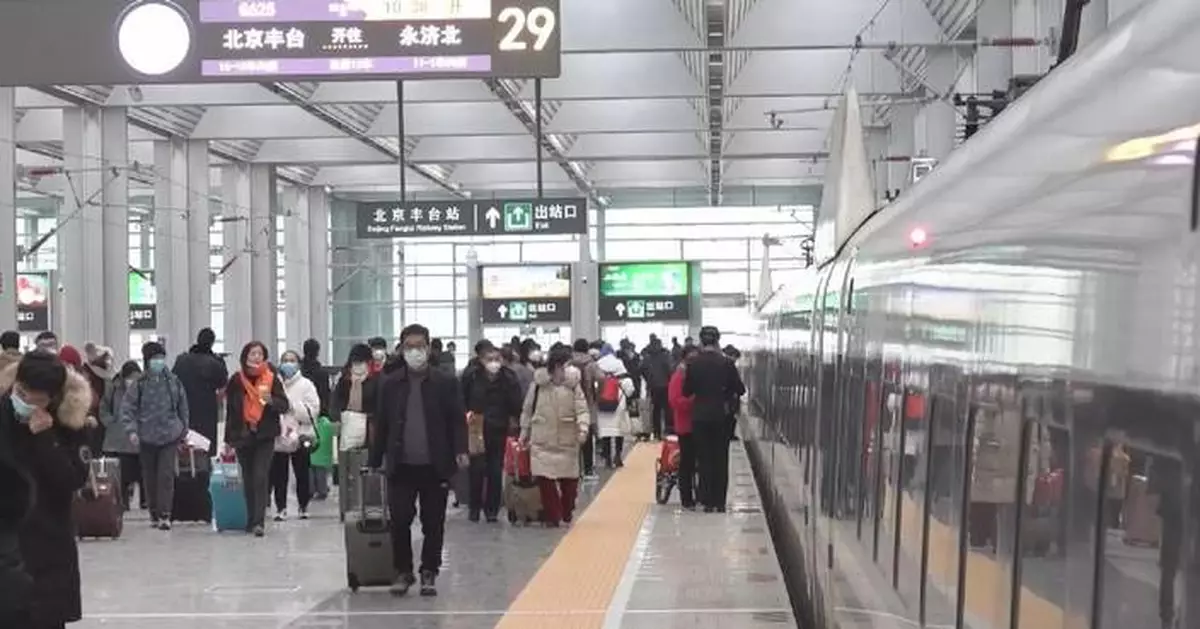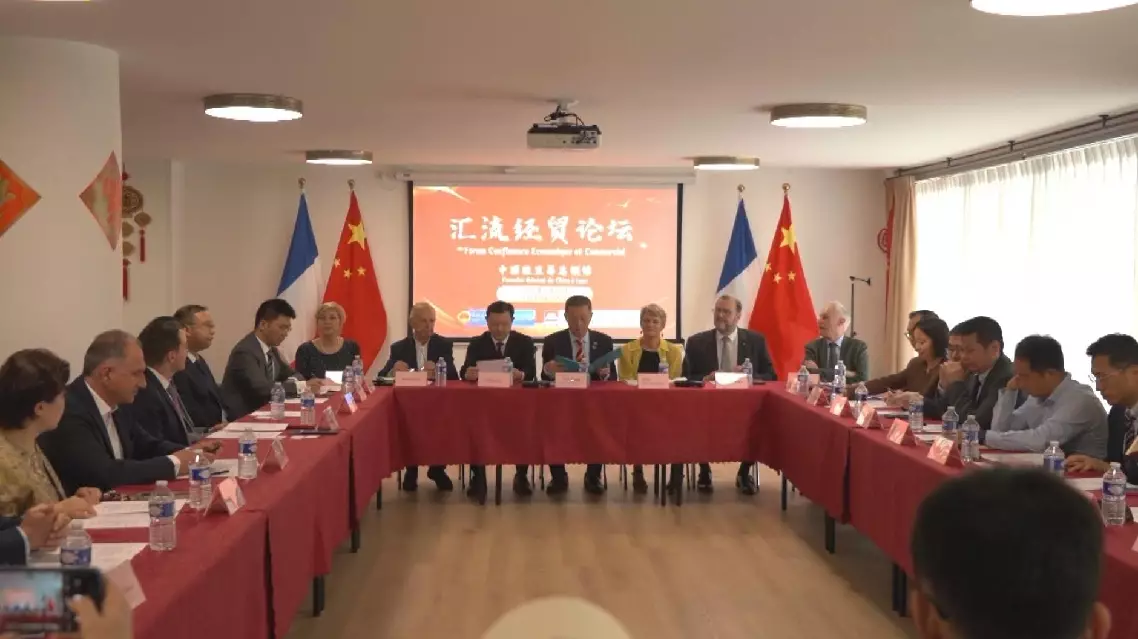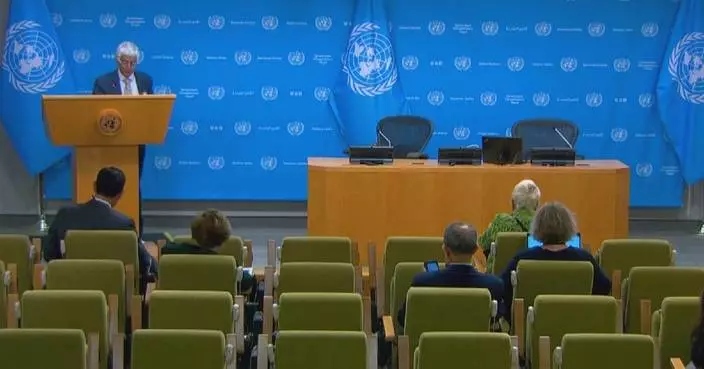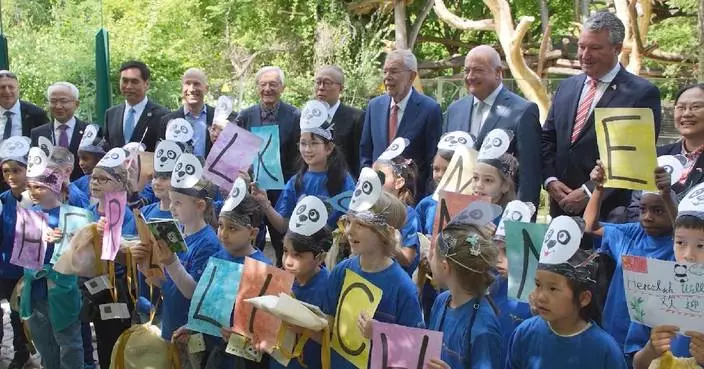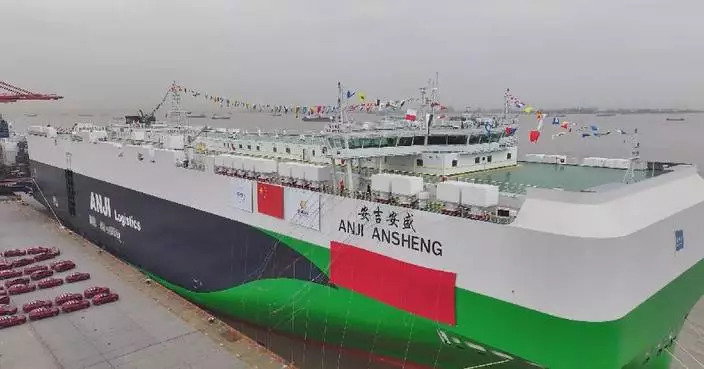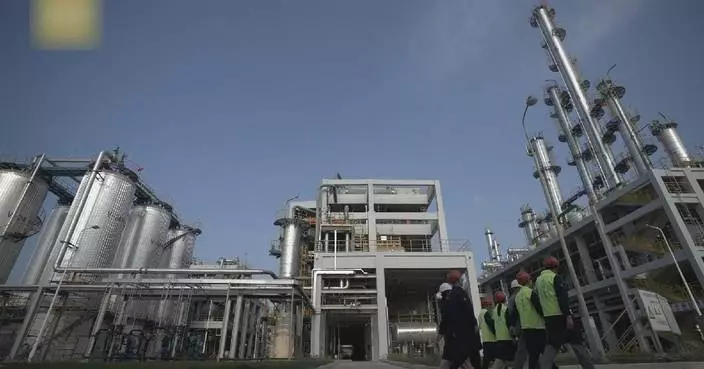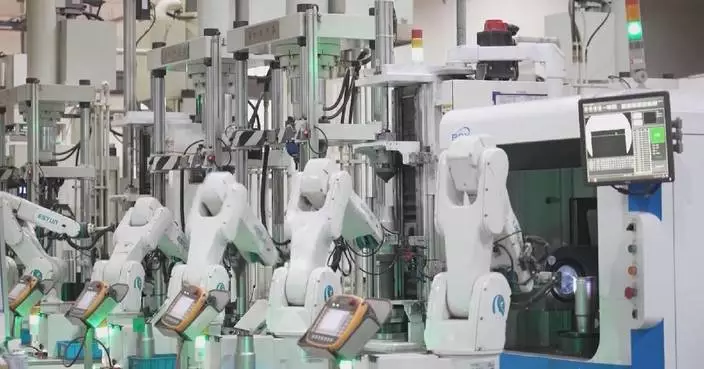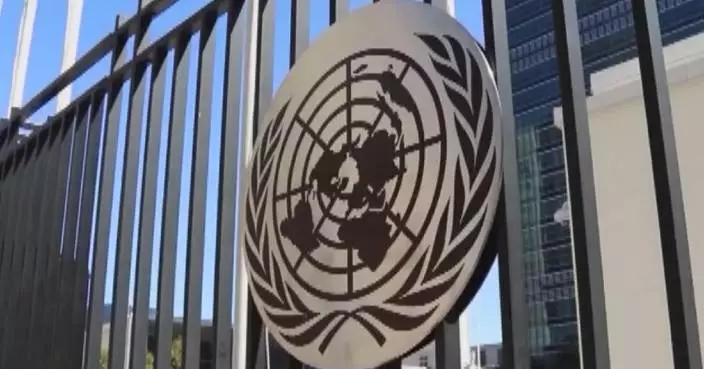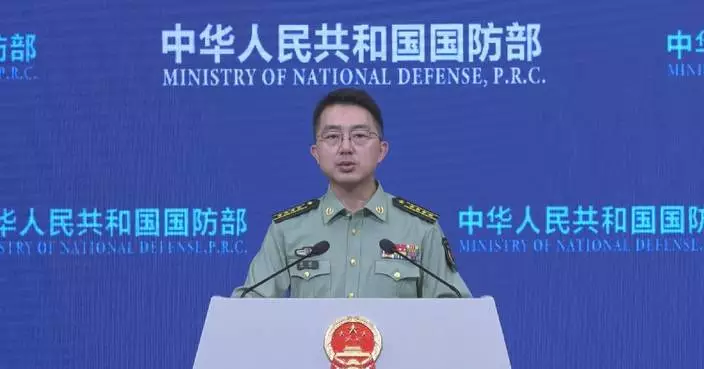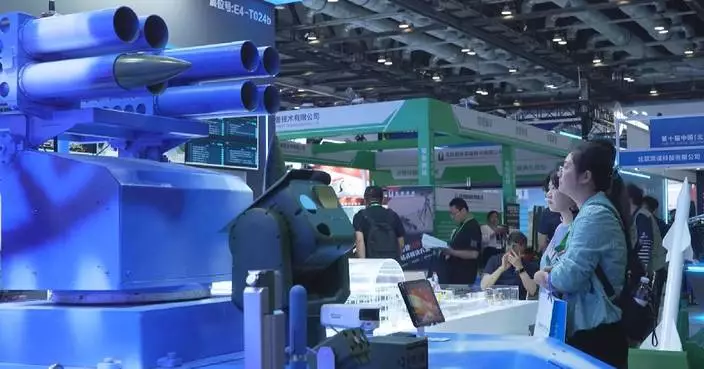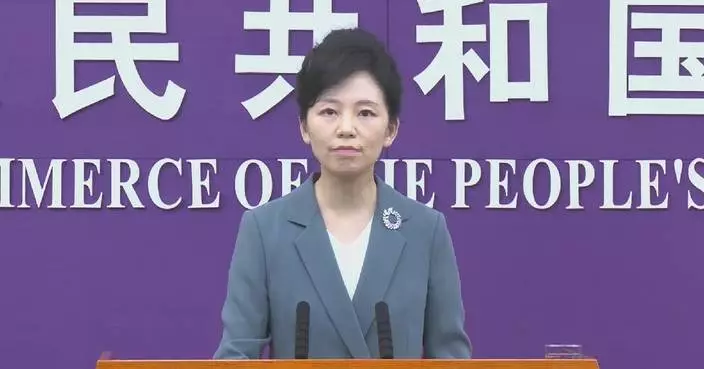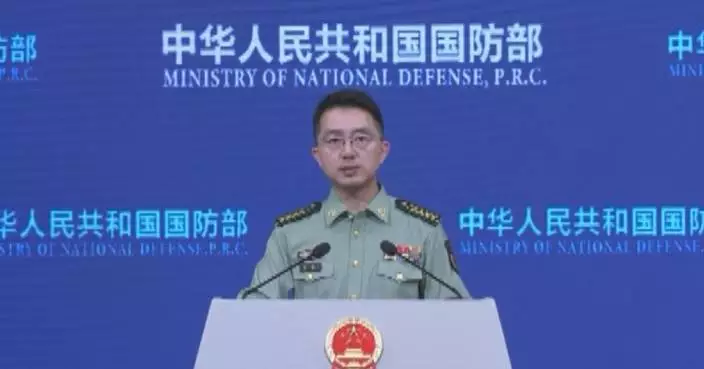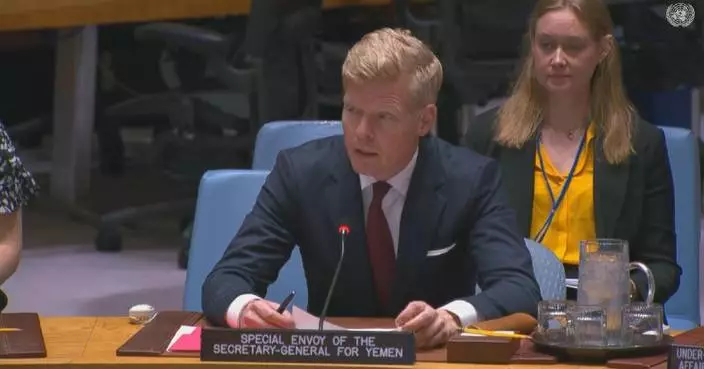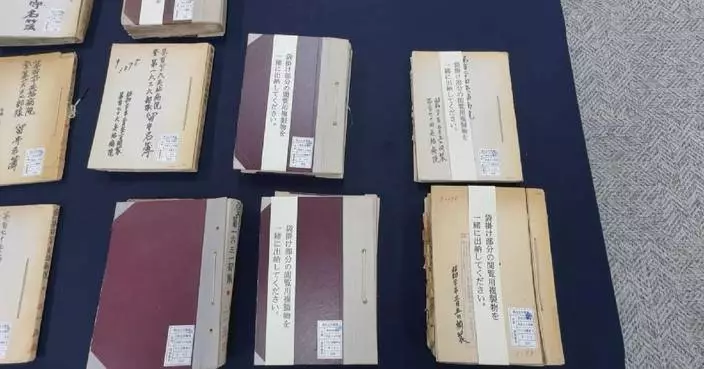China's railway, highway, and aviation sectors experienced smooth and orderly transportation on Wednesday, the New Year's Day, with a marked preference for short-distance travels among passengers.
According to the China State Railway Group, the railway systems nationwide are expected to handle 11.5 million passenger trips on Wednesday, with 10,427 passenger trains planned, including an additional 342 trains.
The railway stations in Beijing are expected to handle 435,000 passenger trips on Wednesday, with 15.5 pairs of trains added on peak routes, mainly heading for cities in neighboring Hebei Province and Tianjin Municipality.
Several new rail lines in China launched festival services on Wednesday.
Among them, the new Langfang-Daxing section of the Huairou-Daxing intercity railway, which started operation on Saturday, is expected to handle 3,000 passenger trips on Wednesday.
The Jining-Datong-Yuanping high-speed railway, which started operations on Tuesday, stretches from Jining in Inner Mongolia through Datong to Yuanping, both in north China's Shanxi Province.
On Wednesday, the trains running on this rail line boasted an impressive occupancy rate exceeding 90 percent.
The Shanghai-Suzhou-Huzhou high-speed railway, which started operation on Friday, is expected to handle 30,000 passenger trips on Wednesday.
To date, the rail line has handled nearly 200,000 passenger trips, with an average occupancy rate of 130 percent. It runs a maximum of 38 multiple unit trains daily.
Several popular winter tourist routes witnessed heavy traffic on Wednesday.
In Harbin, the provincial capital of Heilongjiang in northeast China, the China Railway Harbin Bureau Group added special trains to Mohe, Yichun and Yabuli for ice-snow tourism.
To meet the travel needs of people taking group tours, train stations with high passenger flows like Jinan West and Qingdao North in east China's Shandong Province have set up reception rooms for group tour makers. These rooms provide one-stop ticketing services, saving their waiting time for ticket issuance. On Wednesday, highways across China experienced a gradual rise in traffic volume.
According to real-time monitoring data, from 00:00 to 11:00 on Wednesday, the traffic volume on highways totaled 10.9678 million vehicles.
In civil aviation, a total of 16,535 flights are expected to operate nationwide, handling 1.77 million passenger trips.
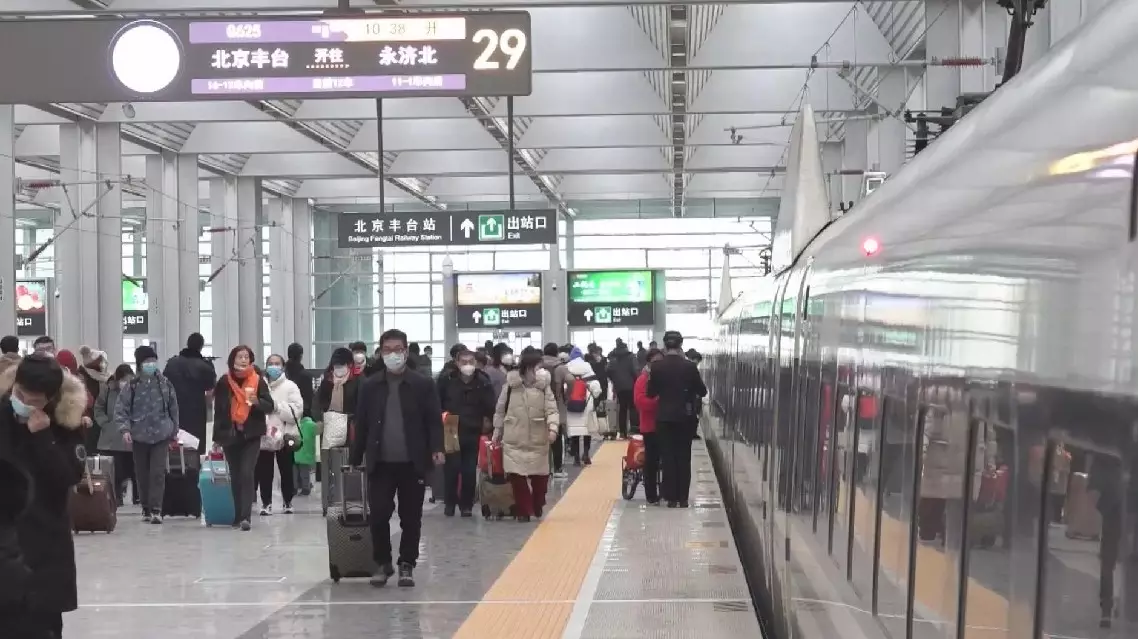
China sees smooth, orderly transportation on New Year's Day
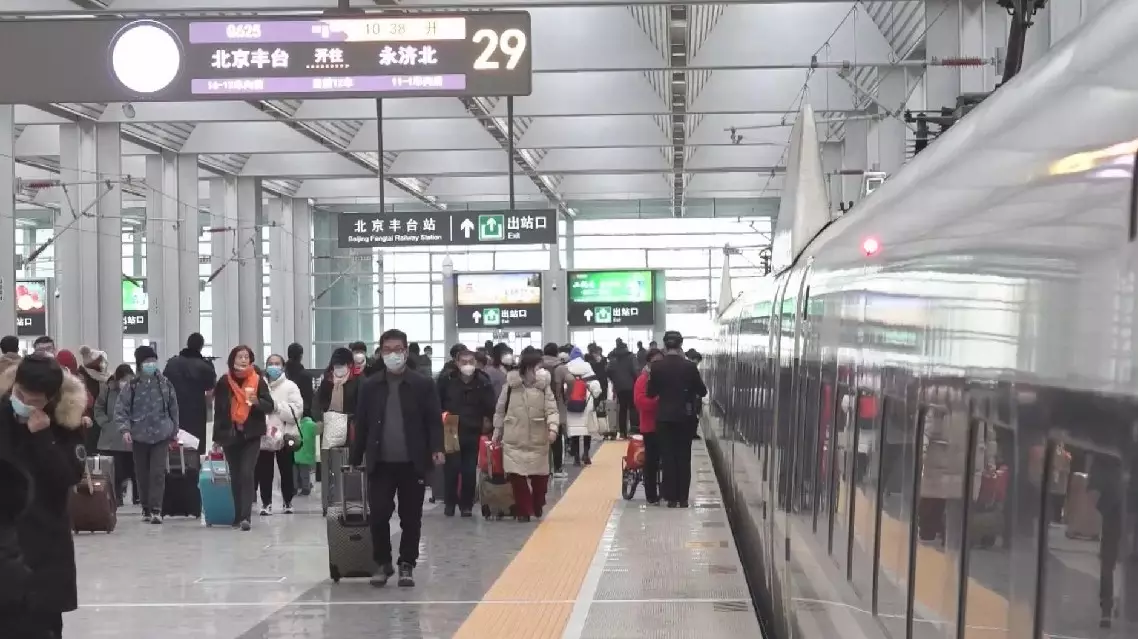
China sees smooth, orderly transportation on New Year's Day

China sees smooth, orderly transportation on New Year's Day


